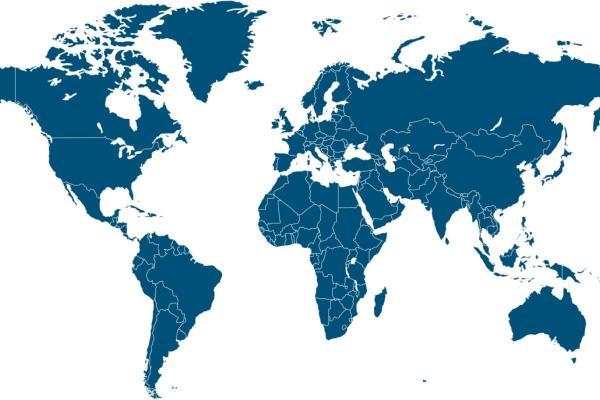

The Strongest Currency in the World
If you're an investor — either new or experienced — take this opportunity to add some useful tips and tricks to your arsenal. Below, we'll discuss the least and the most expensive currencies in the world and what drives their underlying value.
What Factors Make a Currency Strong or Weak?
Even though it may seem that currency rate changes are chaotic and unpredictable, specialists are sure that certain factors greatly impact them. Fortunately, you don't have to be a financial guru to keep track of the following things:
- Interest rates. High interest rates help promote a strong currency. In particular, foreign investors see a higher return by investing in the official currency of a country. For example, GBP is bought by investors who want access to bonds, gilts and other government securities. So, if UK interest rates go up or are expected to go up, GBP is likely to strengthen against other currencies.
- Economic policies. It is quite normal for people to move their money out of weakening economies. A country's tight fiscal discipline and regulations against inflation are what it takes to strengthen its national currency.
- Stability. A stable situation in the country, enforcement of all the necessary laws and regulations, and effective economic policy show investors that they can confidently bring their money into this economy. Of course, nothing is guaranteed, but certain signs point to a better outcome for investors.
- Foreign trade. Countries often have to buy the national currency of another country to buy goods produced there. If the demand for these goods is high, so is the demand for the local currency.
- Speculation. Currencies are also traded as speculative investments in their own right, and expert brokers trade them based on how they think the market will move. These frequent trades in themselves will, of course, affect exchange rates.
Why Should Traders Care?
First and foremost, traders' success depends on whether or not they make the right decisions and predictions. If a trader is particularly interested in a traded currency pair, it's crucial to know what's going on in the economy of both countries.
As a general rule, a weak currency leads to cheaper exports and more expensive imports. A strong currency can bring up the price of exports and make imports cheaper, effectively widening the trade deficit.
How to Analyse the Strength of a Currency
Many factors determine the strength of a currency. Here are some pretty simple steps to help you analyse currency value.
Step 1. Supply and demand in the foreign exchange market are two key international factors. In addition to those, you need to consider domestic factors, such as whether there is low or high inflation. The strongest currency must be from a country with the lowest inflation rate possible.
Step 2. The strength of a national currency is calculated as its purchasing power when buying locally produced goods and services. It's based on income and wages reports, which reveal the nominal earnings of the country's citizens. Here are the formulas for calculations that can be applied to any currency:
- GI = Personal Remuneration + Trade Revenue + Investment Returns
- GW = (Hourly Pay Rate) x (Hours Worked)
- NI (or NW) = GI (or GW) – All Taxes and Expenses
(GI - gross income, GW - gross wages, NI - net income)
Step 3. When it comes to the currencies of emerging markets or even superpowers like China, the strength is measured against the major reserve currency. For example, when the Chinese Yuan increases against the US Dollar in the USD/CNY currency pair, the Chinese economy gets stronger and gains more power in the global arena.
Step 4. To visualise this information, you can use currency strength meters or live price charts. Generally, they look like this.
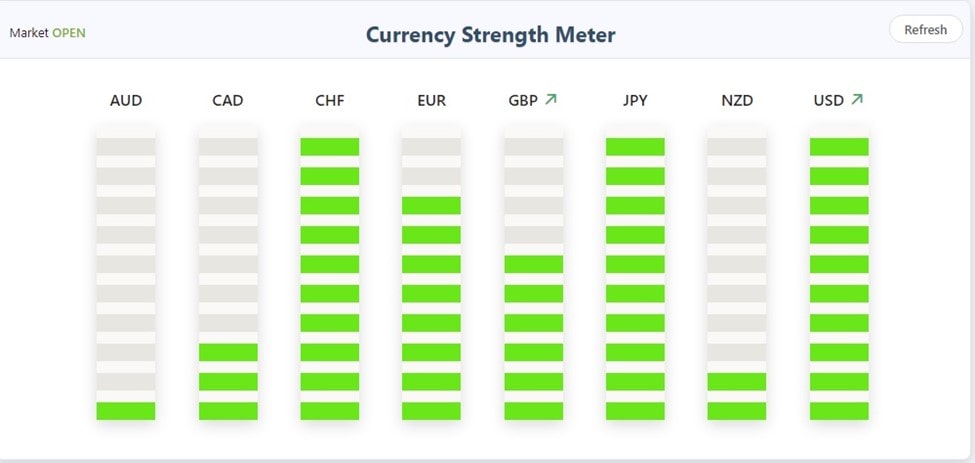
Step 5. There is a special formula to calculate the purchasing power parity, or PPP, for those who want to dig deeper into economic factors.
S = P1/P2
Where:
- S = The exchange rate of currency 1 to currency 2
- P1 = The cost of the basket of goods in country 1
- P2 = The cost of the basket of goods in country 2
The Top 20 Strongest Currencies in the World
Here is the main part of the article where we discuss some of the currencies worth paying attention to.
The Strongest Currencies in Europe
1. British Pound Sterling (1 GBP = 1.37 USD)

The Great British pound is what usually comes to mind when people are asked about the strongest currency in the world. Technically speaking, GBP is the strongest currency in Europe but only the fifth-strongest in the world.
The GBP/USD pair is commonly known as 'the Cable' among FX traders, and it's the third most-traded pair in the forex market after EUR and JPY.
The British pound is the oldest currency in the world still used as a legal tender. It's also used in Guernsey, Jersey and the Isle of Man.
The currency is so strong because the inflation rate in Britain is one of the lowest in the world. The country has high purchasing power. It also produces various machinery, cars, precious metals and minerals, pharmaceuticals and more, which are in high demand now and in decades past.
2. European Euro (1 EUR = 1.17 USD)
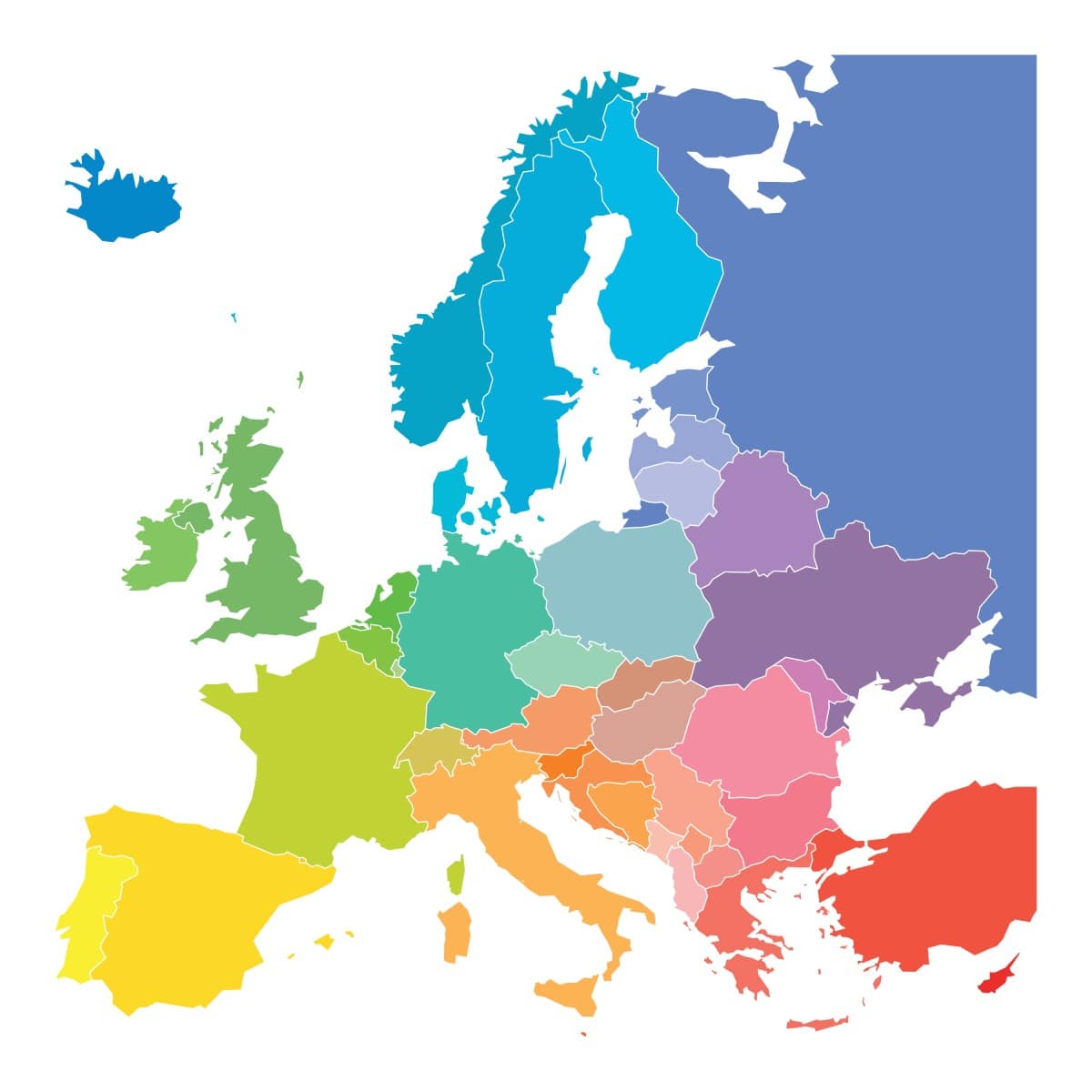
The Euro, or EUR, is the official currency for nineteen countries. It's the second reserve currency after USD and has a market share of 25% of all world savings. The Euro sits at seventh place on the list of the world's strongest currencies.
EUR's history to make a brief summary, but one of its most interesting recent developments is that some experts have started to notice the growth of the Euro. The main reason for that is carry trades.
Before the pandemic, traders often engaged in carry trades, i.e., buying currencies with higher rates (usually EM currencies) and selling those with lower rates (the Euro in this case). Right now, with the world economy still recovering from the pandemic-induced crisis, traders want their money back, and they're simply closing those trades. By doing this, they're essentially buying back the Euro.
3. Swiss Franc (1 CHF = 1.09 USD)

CHF is a currency that is least affected by inflation, so it's not surprising that the Swiss Franc has such a high value. Besides, Switzerland is one of the richest countries in the world. It maintains strict monetary policy and low levels of foreign debt. Finally, the Swiss Franc is widely viewed as a financial safe haven.
4. Bulgarian Lev (1 BGN = 0.60 USD)

Bulgaria made it through the 2009 crisis without significant losses. The same can be said for 2014, a year marked by the banking collapse of the Corporate Commercial Bank. The Bulgarian economy is industrialised, and the country is mostly upper-middle-class.
Another factor that puts this currency on the list is that Bulgaria's currency board has been very successful. The government cannot borrow from the currency board (BNB fiscal discipline is imposed on Bulgarian politicians).
The Strongest Currencies in North America
1. Cayman Islands Dollar (1 KYD = 1.20 USD

The Cayman Islands Dollar was first seen in 1972, replacing the Jamaican Dollar on a one-to-one basis. Both the Jamaican and Cayman Island currencies were used until 1972, when the Jamaican currency was discontinued.
KYD is the strongest Caribbean currency and the strongest currency on the North American continent. The autonomous British territory has the best tax policy for companies and individuals. This fact has made the Cayman Islands one of the top five largest offshore financial centres.
2. US Dollar (USD)
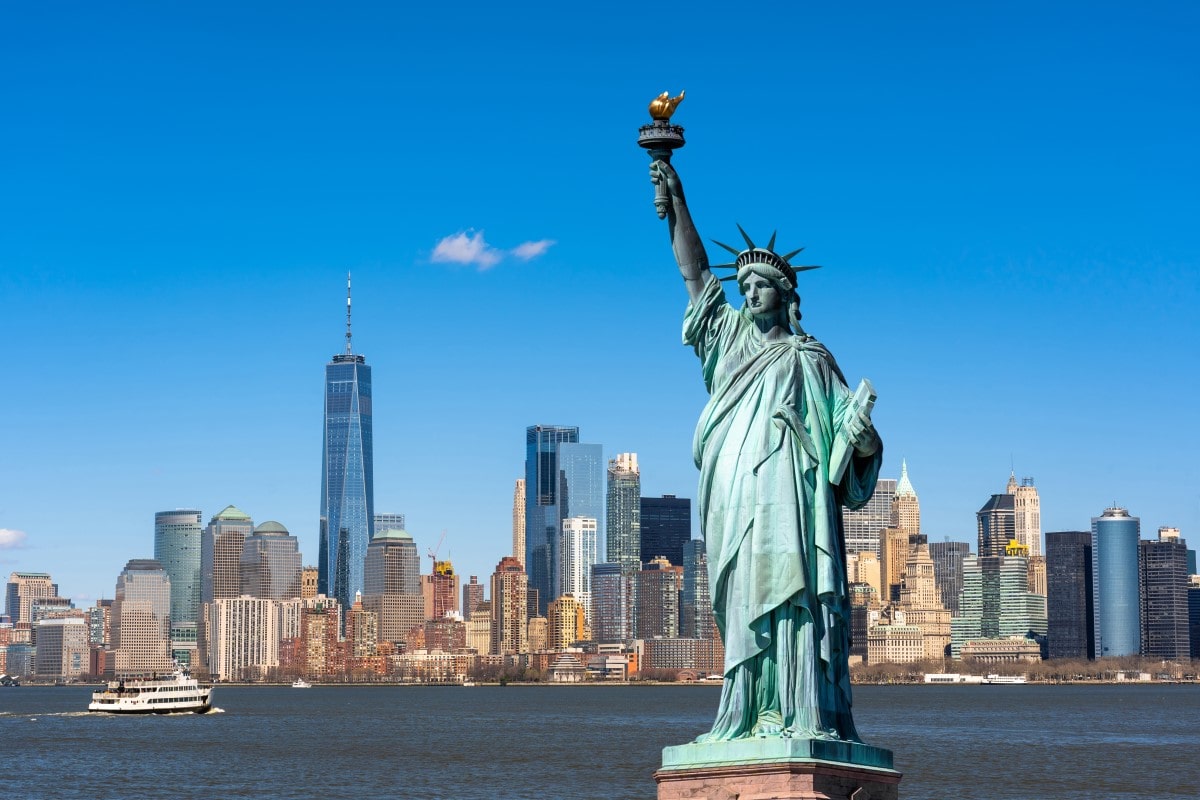
Since 1944, USD has been the primary reverse currency. It's also the most traded currency on forex.
The American government keeps the Dollar in the foreign exchange reserve. During unstable economic times, investors flee to what's known as safe havens, investments expected to hold their value during market turbulence. USD is considered a safe haven since the United States has a very stable economy and political system. Those are the main reasons why the US Dollar is often considered to be the strongest currency.
Incidentally, almost 85% of daily trade on forex is in US Dollars. The fact that only 30% of USD circulates inside the United States is also very telling.
3. Bahamian Dollar (1 BSD = 1 USD)

Since 1964, the Bahamas has not been a part of the British Colonial Empire. In 1966, the Bahamas issued their first national currency, the Bahamian Dollar, which has remained pegged to the US Dollar on a one-to-one basis. The main reason for this peg is because the country's main trading partner is the United States.
On top of that, many American tourists come to the Bahamas for their holidays. To make even regular seller/customer transactions simpler, BSD is pegged to USD at par.
4. Bermudian Dollar (1 BMD = 1 USD)

We should first let you know that trading the Bermudian Dollar outside of Bermuda is not allowed.
Since 1972, Bermudian law has required that local businesses charge prices in Bermudian Dollars, which, if paid in US Dollars, must be accepted at a rate of 1:1. What makes BMD so strong is the fact that Bermuda has a stable economy. The country has a high per capita income compared to the rest of the world. On top of that, Bermuda is an offshore financial Mecca that international companies flock to.
5. Canadian Dollar (1 CAD = 0.78 USD)

CAD occupies fifth place on the list of reserve currencies. The reasons why the Canadian Dollar is so strong lie in high oil prices and reduced stimulus from the Bank of Canada. Moreover, Canada is viewed as having weathered the COVID-19 and related economic crisis relatively well.
The Strongest Currencies in South America
1. Panamanian Balboa (1 PAB = 1 USD)
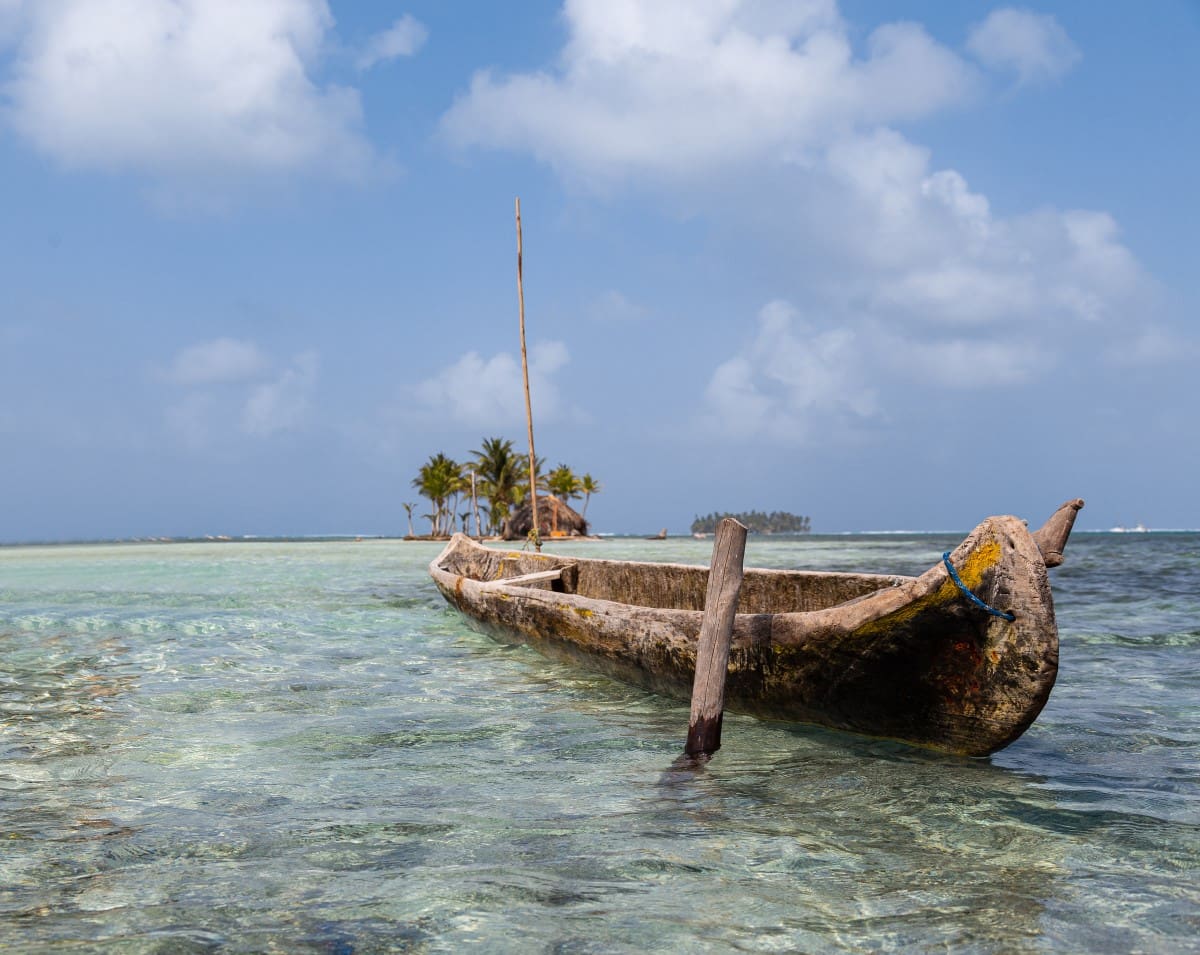
The Panamanian Balboa is the strongest currency in the South American continent. It is pegged at par with the US Dollar. The first Balboa was issued in 1906 when Panama became independent. It's the oldest Latin American country to adopt the US Dollar as legal tender.
Even though the national currency is so strong, Panama has never had an official central bank, which is quite unusual for a country.
2. Brazilian Real (1 BRL = 0.18 USD)
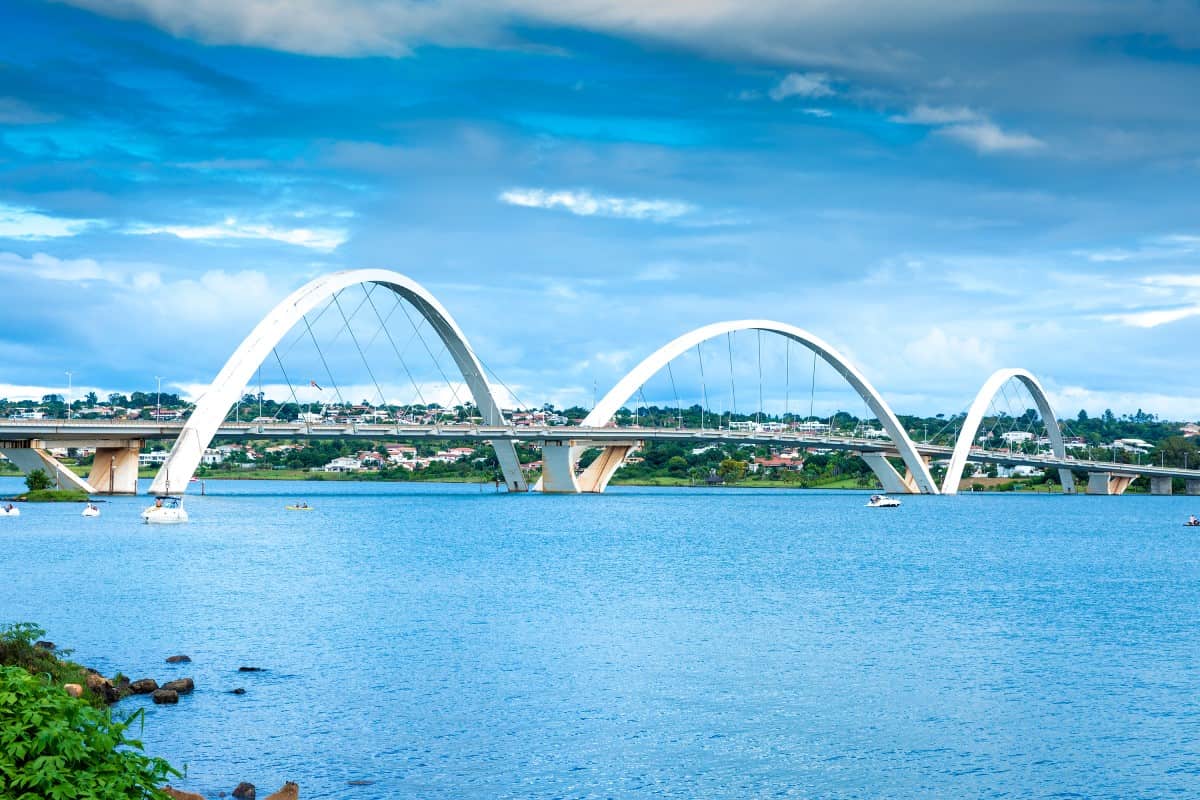
Even though the Brazilian real may not be the strongest currency on our list, it definitely deserves an honourable mention. The currency was introduced in 1994. As the president of Brazil said, total receipts will be very strong, with the economy expanding around 5%, which is now the broad 2021 growth consensus due to tax reforms. The Brazilian real also posted strong gains against the US Dollar during the summer of 2021.
The Strongest Currencies in Asia
1. Kuwaiti Dinar (1 KWD = 3.32 USD)
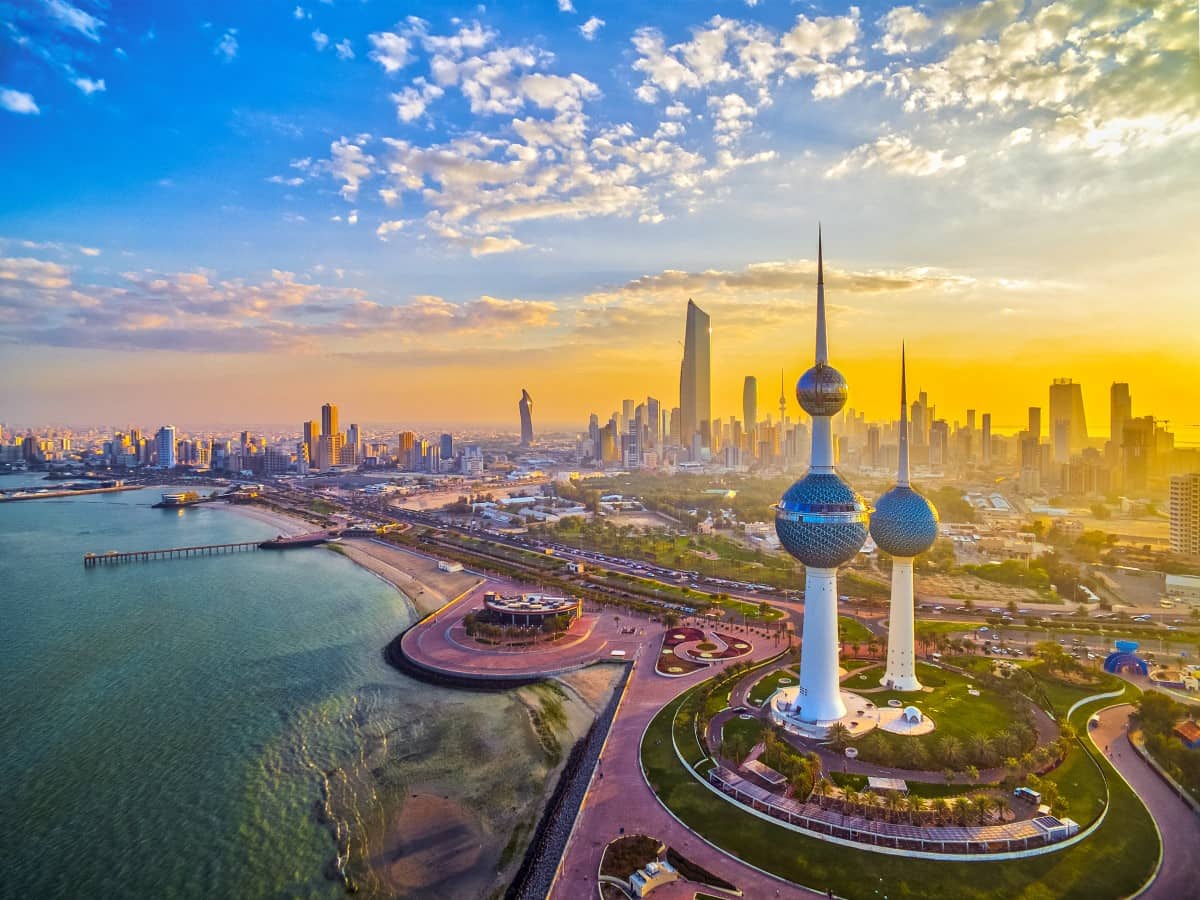
The Kuwaiti dinar is not only the strongest currency in Asia but also the strongest currency in the world.
It appeared in 1960 when the country became independent from the UK. Even though Kuwait is a small country, it has the highest valued currency because of oil storage and cheap petroleum production. What's more, Kuwait is a tax-free country, and the unemployment rate is very low. Kuwait is in eighth place on the list of countries with the highest GDP per capita.
2. Bahraini Dinar (1 BHD = 2.65 USD)
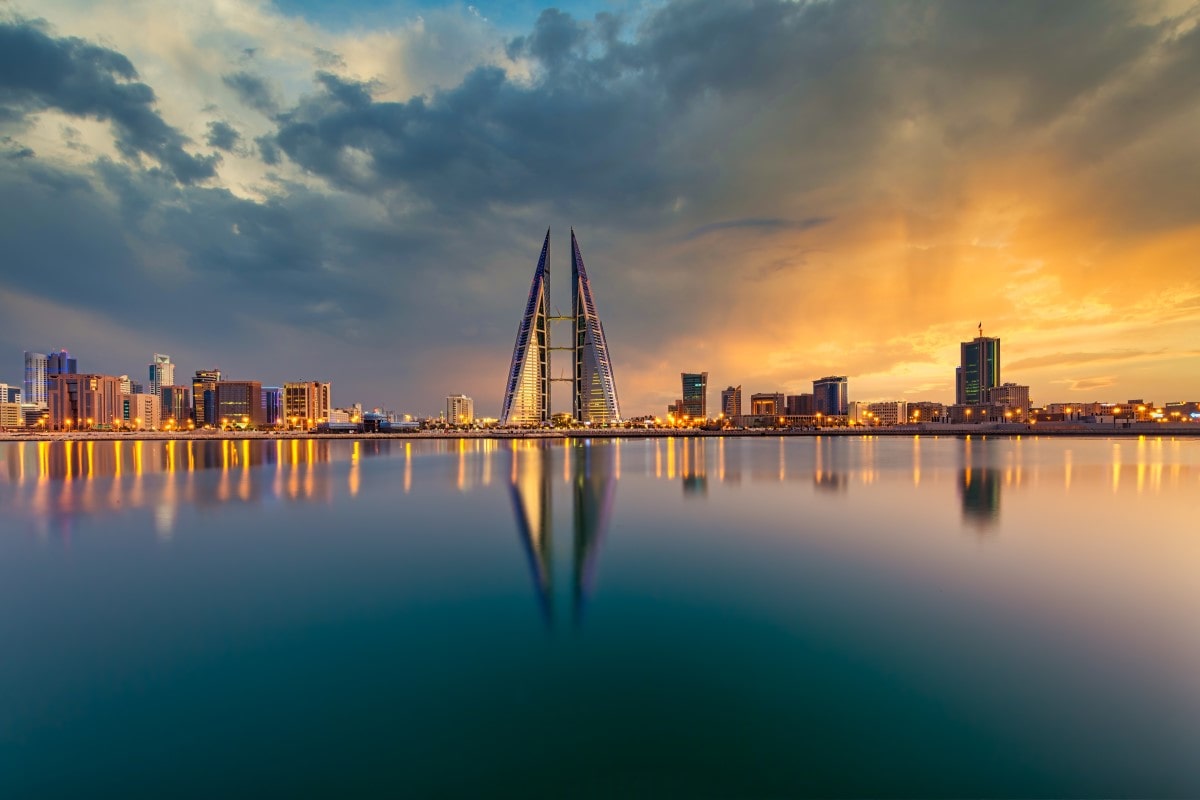
Just like Kuwait, Bahrain is famous for gas and petroleum production, along with pearl mining. It's one of the leading countries when it comes to oil exports. These are the reasons why the country has the second strongest currency in the world. The economic stability of these oil-rich countries is fantastic.
3. Omani Rial (1 OMR = 2.60 USD)

The third strongest currency in the world was introduced in 1970. Just like other Gulf countries in the Middle East, Oman is also an oil-rich country and is now a developed economy with a high standard of living. That makes OMR the third most valuable currency.
Even though Oman receives a lot of revenue in US Dollars, the government holds on to the country's own money to maintain the most stable currency status.
4. Jordanian Dinar (1 JOD = 1.14 USD)
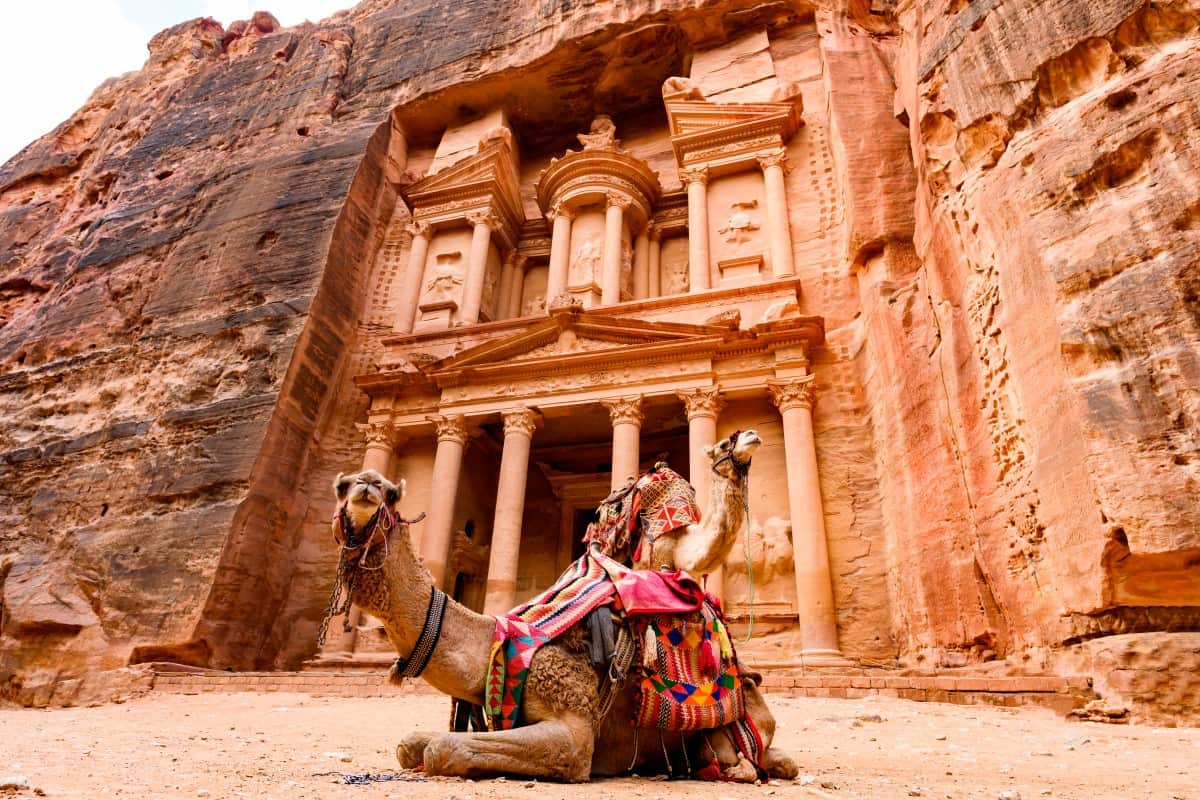
The Jordanian Dinar has been an official currency since 1950. It's one of the most valuable currencies in the world now.
Jordan lacks natural resources like oil and coal, and it has significant external debt. There has been a gradual slowdown in Jordan's economic growth since 2011 due to a substantial rise in population, external debt and unemployment. The only reason why the country's national currency is one of the most expensive currencies is that the Jordanian government maintains fixed exchange rates.
5. Singapore Dollar (1 SGD = 0.73 USD)
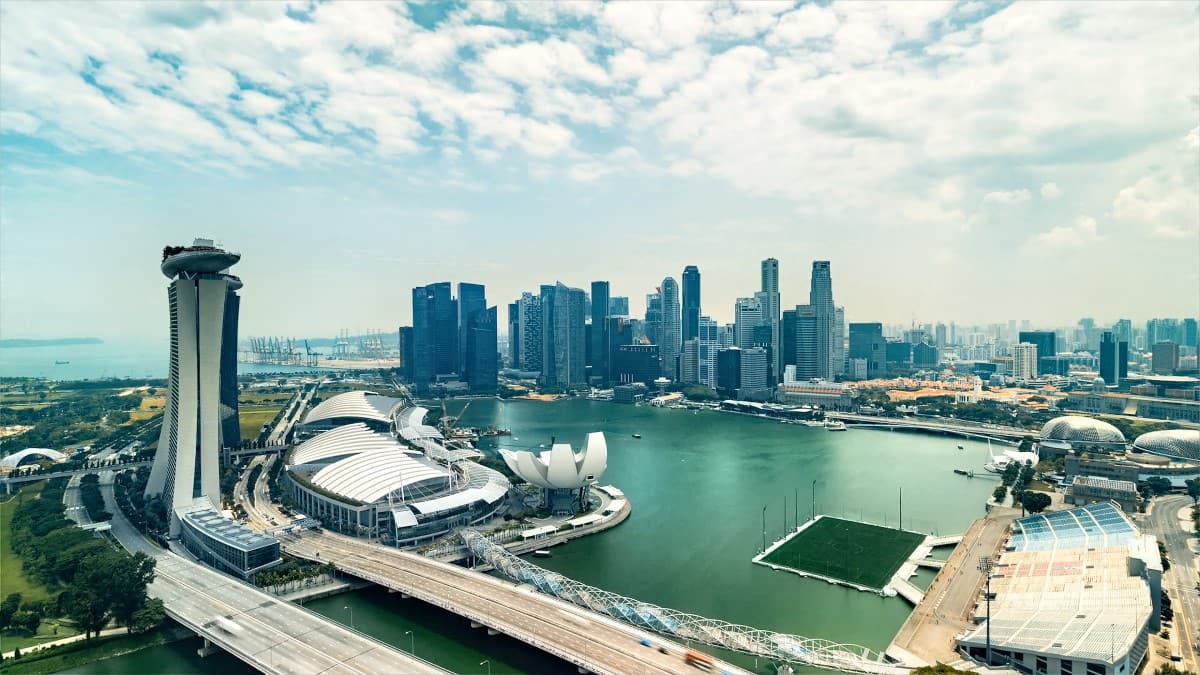
One of the main reasons why SGD remains one of the strongest currencies in Asia is because of the country's low inflation rate. Singapore is the hub of financial activities in Asia and has a broad-based economic momentum that fuels growth, with subdued inflation and a current account surplus as a share of GDP. As a result, the Singapore Dollar also has quite an impressive rank in trading volume.
6. Brunei Dollar (1 BND = 0.73 USD)
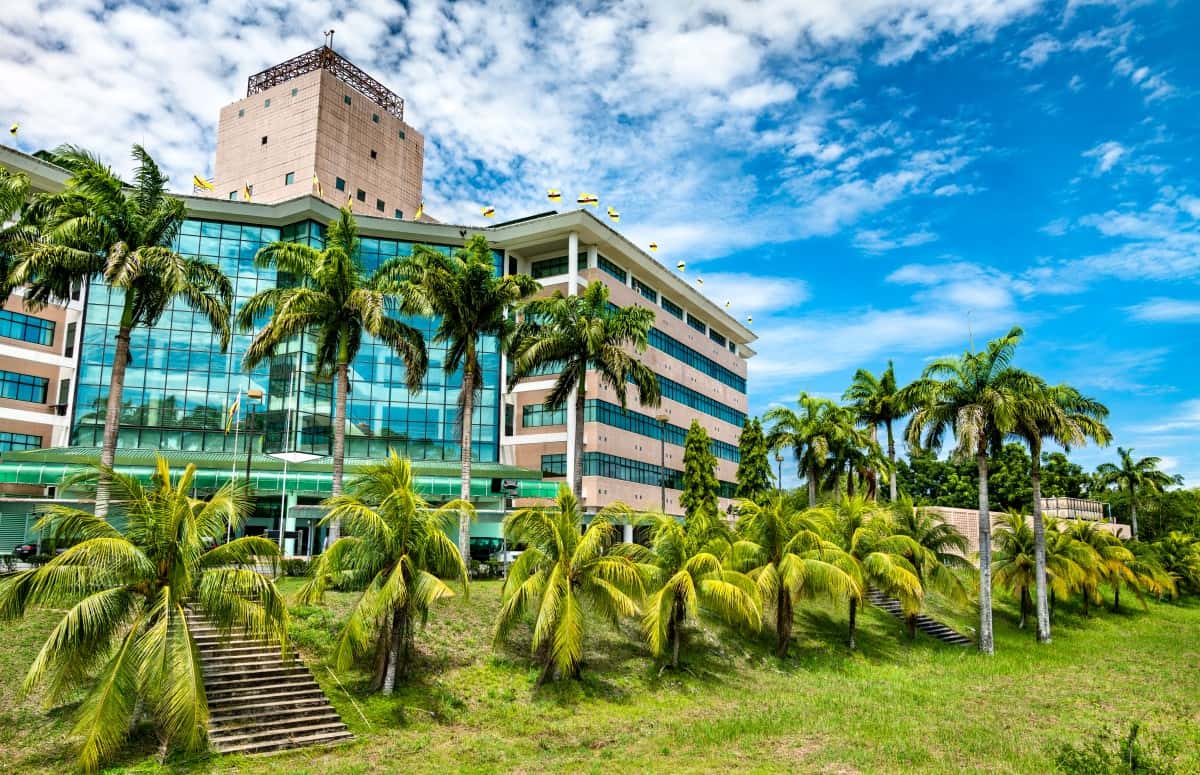
The Sultan of Brunei is considered to be the richest monarch in the world, with a net worth estimated at $28 billion. This is one of the reasons why BND is quite an expensive currency. Another one is that Brunei is a neighbour of Singapore. Both countries have an agreement, according to which their national currencies are allowed at any place in both countries. Therefore, the Brunei Dollar has a strong presence in Singapore.
Trade between Singapore and Brunei has grown from under 20 million USD (27.5 million SGD) in 1968 to 822 million USD in 2020.
The Strongest Currencies in Oceania
1. Australian Dollar (1 AUD = 0.72 USD)
Unsurprisingly, the Australian Dollar is the biggest currency in the region. AUD sits at fifth place on the list of the most-traded currency in the forex market, accounting for 6.8% of daily traded volume. Australia's continuously improving economy can explain its currency strength. In 2021 and in the near future, circumstances around AUD are expected to become even better as Australia becomes more exposed to commodity exports.
Another important factor that makes AUD the strongest currency in Oceania is that it has held up reasonably well amidst the pandemic compared to many other countries.
2. New Zealand Dollar (1 NZD = 0.68 USD)

Second place in the Oceania region belongs to NZD, which is one of the highest-valued currencies. NZD is not only the official currency for New Zealand but also for the Cook Islands, Niue, Tokelau and the Pitcairn Islands.
The reason why NZD is so strong is that it is linked to AUD. New Zealand's GDP is rising faster than almost anywhere else in the developed world. Interest rates in New Zealand are comparatively high. Moreover, political stability encourages people to invest in the country.
3. Fijian Dollar (1 FJD = 0.47 USD)
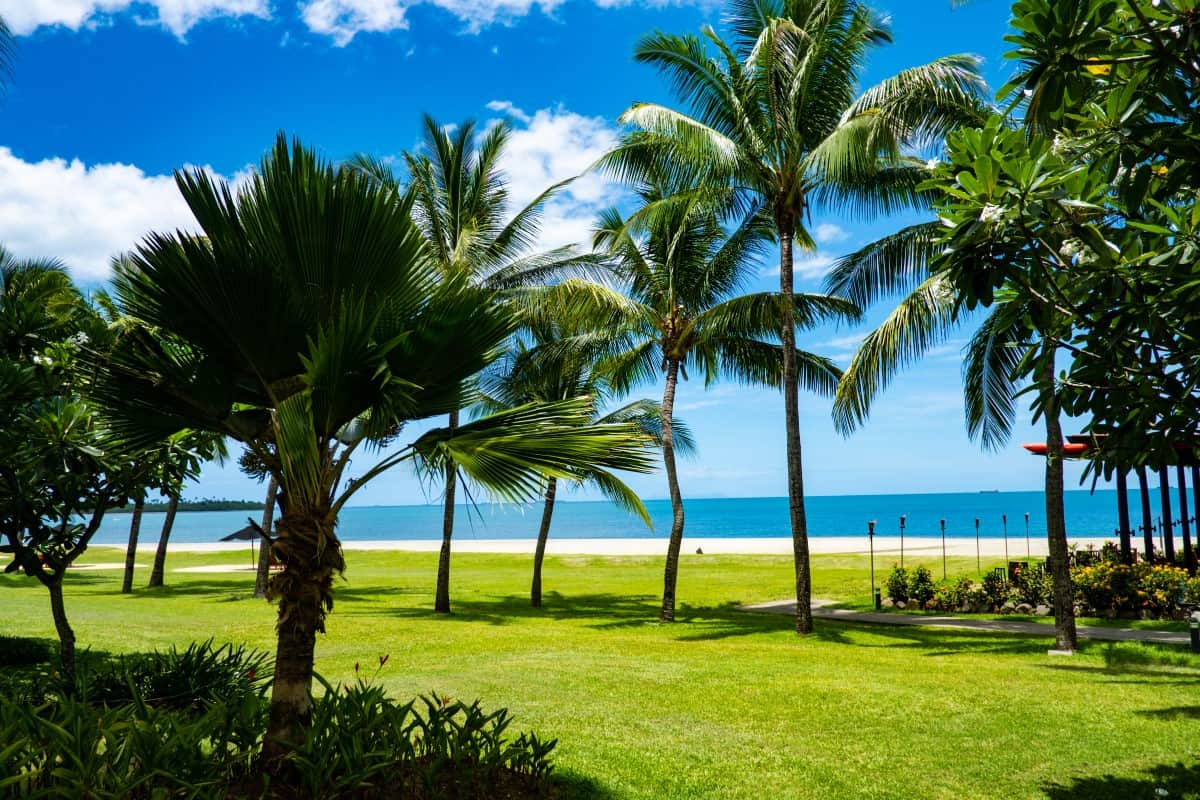
Despite the fact that Fiji is still considered a developing country, its economy is one of the best in the region. FJD may not have the highest currency value in the world, but it is now among the twenty strongest currencies. According to experts, the future for the Fijian economy is bright and promising, so FJD may have its rightful place among the most expensive currencies in the world.
The Highest Currency Rankings
Let's sum up the information above with a quick recap for you to get a clear picture of the exchange rate to USD, EUR and GBP. Check out the twenty strongest currencies in the whole world right now, from the strongest to the weakest.
|
Currency |
USD conversion rate |
EUR conversion rate |
GBP conversion rate |
Currency code |
|
|
1 |
Kuwaiti Dinar |
3.32 USD |
2.84 EUR |
2.42 GBP |
KWD |
|
2 |
Bahraini Dinar |
2.65 USD |
2.27 EUR |
1.94 GBP |
BHD |
|
3 |
Omani Rial |
2.60 USD |
2.22 EUR |
1.90 GBP |
OMR |
|
4 |
Jordanian Dinar |
1.41 USD |
1.20EUR |
1.03 GBP |
JOD |
|
5 |
British Pound |
1.37 USD |
1.17 EUR |
- |
GBP |
|
6 |
Cayman Islands Dollar |
1.20 USD |
1.02 EUR |
0.88 GBP |
KYD |
|
7 |
European Euro |
1.17 USD |
- |
0.85 GBP |
EUR |
|
8 |
Swiss Franc |
1.09 USD |
0.93 EUR |
0.80 GBP |
CHF |
|
9 |
US Dollar |
- |
0.86 EUR |
0.73 GBP |
USD |
|
10 |
Bahamian Dollar |
1 USD |
0.86 EUR |
0.73 GBP |
BSD |
|
11 |
Bermudian Dollar |
1 USD |
0.86 EUR |
0.73 GBP |
BMD |
|
12 |
Panamanian Balboa |
1 USD |
0.86 EUR |
0.73 GBP |
PAB |
|
13 |
Canadian Dollar |
0.78 USD |
0.67 EUR |
0.57 GBP |
CAD |
|
14 |
Australian Dollar |
0.72 USD |
0.61 EUR |
0.52 GBP |
AUD |
|
15 |
Singapore Dollar |
0.73 USD |
0.63 EUR |
0.54 GBP |
SGD |
|
16 |
Brunei Dollar |
0.73 USD |
0.63 EUR |
0.54 GBP |
BND |
|
17 |
New Zealand Dollar |
0.69 USD |
0.59 EUR |
0.50 GBP |
NZD |
|
18 |
Bulgarian Lev |
0.60 USD |
0.51 EUR |
0.44 GBP |
BGN |
|
19 |
Fijian Dollar |
0.47 USD |
0.40 EUR |
0.34 GBP |
FJD |
|
20 |
Brazil Real |
0.18 USD |
0.16 EUR |
0.14 GBP |
BRL |
Conclusion
Currency pair trading and investing are very popular for good reasons: they are straightforward, tried and tested and have a lot of potential. They can be suitable choices for both beginner and experienced traders.
If you have never tried trading before or want a platform to learn and gain experience without losing money, the perfect option for you may be opening a demo account on Libertex. Don't miss your opportunity to learn and benefit from the forex market and other financial markets!
FAQ
What Is the Strongest Currency in the World?
The Kuwaiti Dinar (KWD), the official currency of Kuwait, is the strongest currency in the world. It is widely used in the Middle East for oil and other related transactions. It's also one of the most valuable currencies for oil transactions in the Middle East and the biggest currency in the world in 2021.
Why Is the Kuwaiti Dinar So High?
Kuwait has the most expensive currency in the world because the country is rich in oil. Its economy, as well as the economy of all oil-rich countries, is very stable.
What Is the Strongest Currency in the World in 2021?
Right now, the Kuwaiti Dinar is the strongest currency and has been for quite a while.
What Currencies Are Stronger Than the Dollar?
In 2021, eight currencies are considered stronger than the US Dollar. These are the Kuwaiti Dinar, Bahraini Dinar, Omani Rial, Jordanian Dinar, British Pound, Cayman Islands Dollar, European Euro and Swiss Franc.
Which Country's Currency Is the Lowest?
There are two currencies that are considered the cheapest, i.e., the lowest currencies in the world: the Iranian Rial and Venezuelan Bolívar. The Venezuelan Bolívar is the currency with the highest inflation rate in the world.
Why Do Countries Devalue Their Currency?
A country may devalue its currency to combat a trade imbalance. Devaluation reduces the cost of a country's exports, rendering them more competitive in the global market, which, in turn, increases the cost of imports.
Why Is the Euro Stronger Than the Dollar?
The reason stems from the demand for each currency. The supply for Euros is relatively lower, which is why the Euro is worth more.
Why Is GBP So Strong?
GBP is the fifth strongest currency in the world because of the high purchasing power of the UK market and the country's low inflation rate.
Why Is INR So Weak?
The Indian Rupee, or INR, is extremely sensitive to fund flows into the debt market. Foreign investors prefer to take their money out of the currency when unpleasant surprises happen in India's political or economic sphere and put them into the strongest currencies.
Disclaimer: The information in this article is not intended to be and does not constitute investment advice or any other form of advice or recommendation of any sort offered or endorsed by Libertex. Past performance does not guarantee future results.
Why trade with Libertex?
- Get access to a free demo account free of charge.
- Enjoy technical support from an operator 5 days a week, from 9 a.m. to 9 p.m. (Central European Standard Time).
- Use a multiplier of up to 1:30 (for retail clients).
- Operate on a platform for any device: Libertex and MetaTrader.
